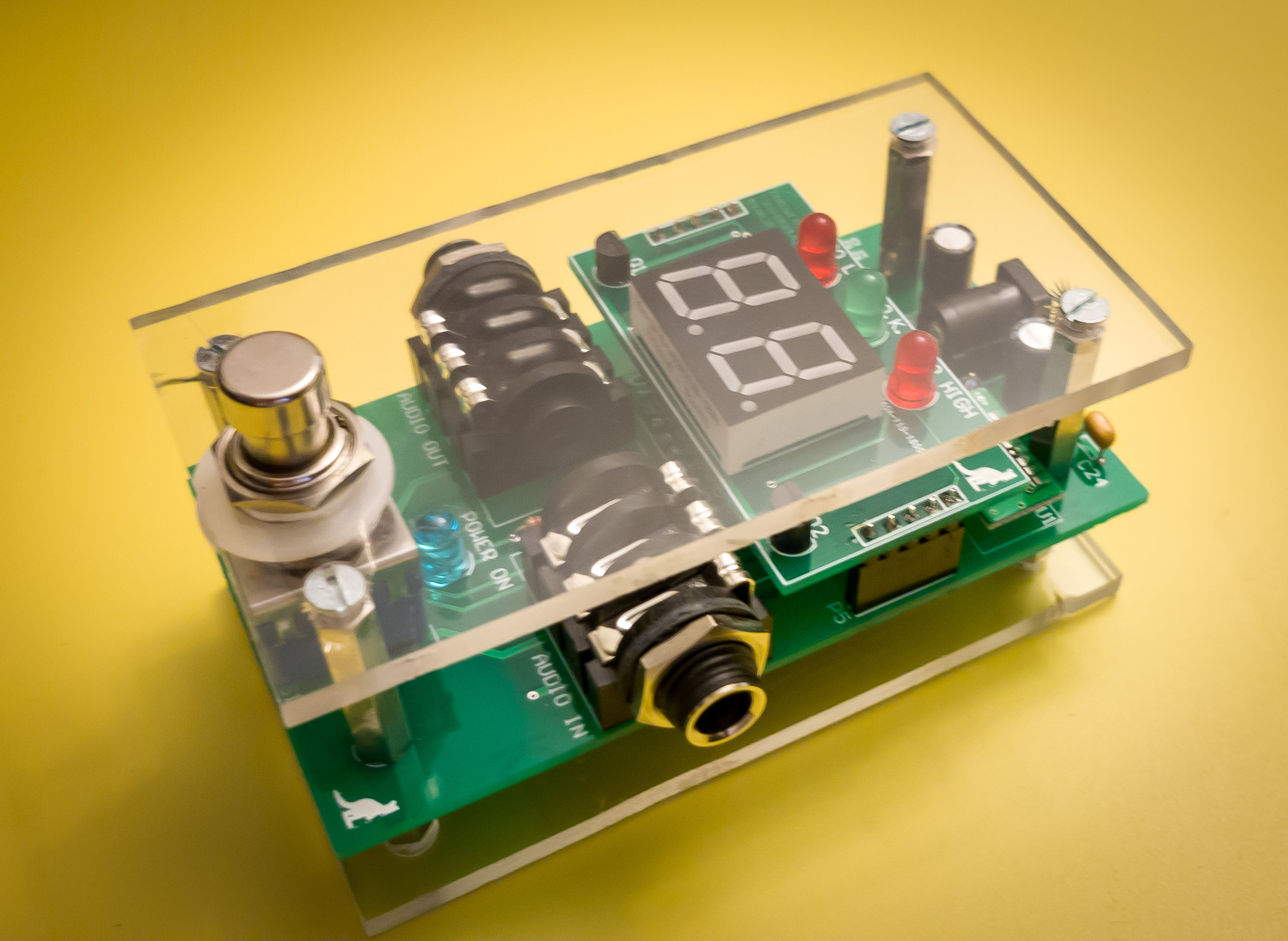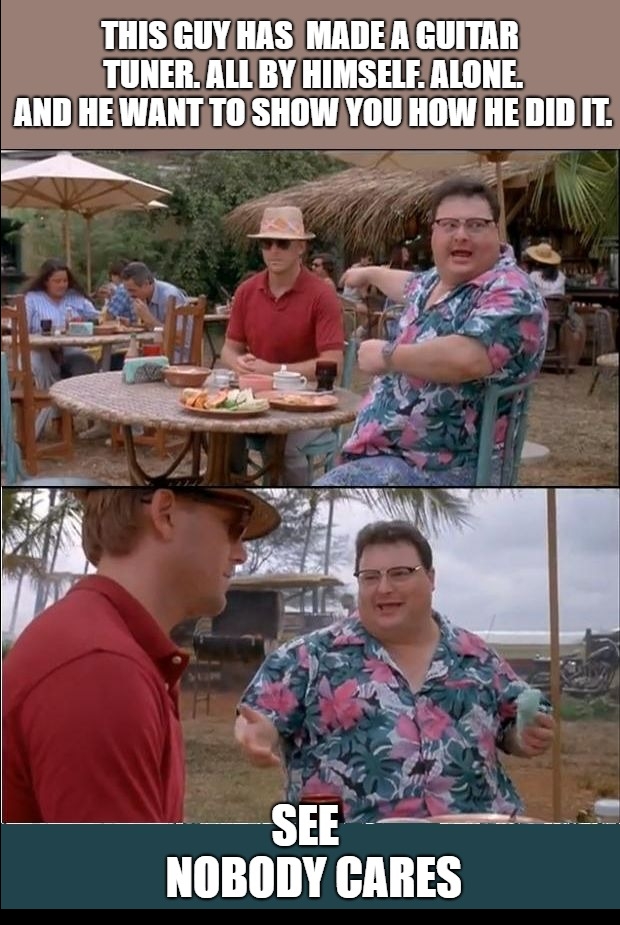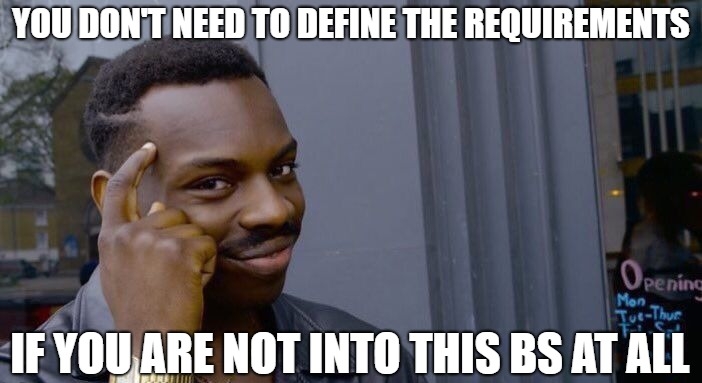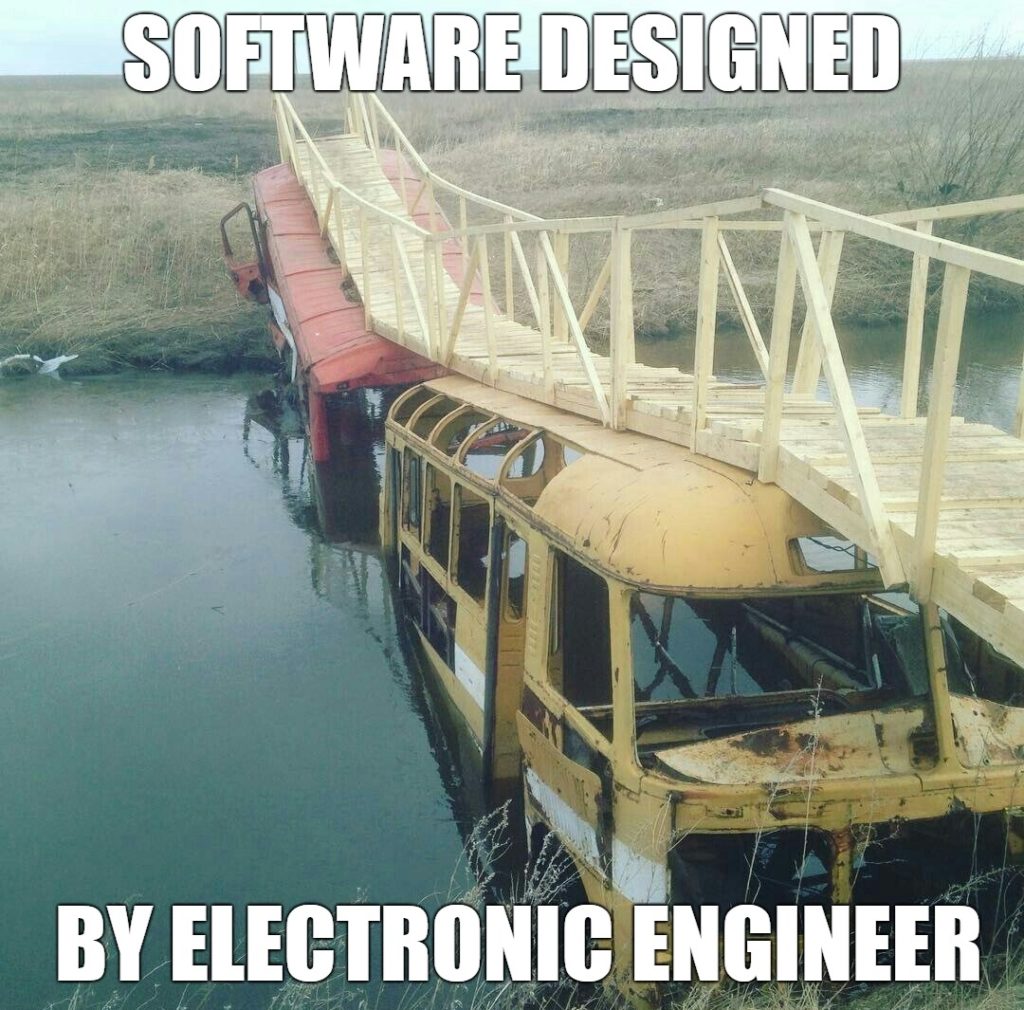GUITAR TUNER
1. WHAT?
This

This is a device to tune an electric guitar. The guitar is plugged in the device and the device displays the note of the momentary played chord (one at the time) and the gap to the absolute tone of the note. This version is equipped with a foot switch and a bypass so that the tuner may be used in concert.
2. WHY?
I have been asked to make a guitar tuner with pedal, as a gift, but which should be cheap and easy to build and at the same time one which looks a little bit different that an usual commercial one. You know how the Rock start are: they like to impress whenever they can. The guy I give it to is not a rock star (yet) but this is not preventing him from the same human desire to impress. Anyhow the guitar tuner has to have at least the some functionality as the commercial ones.
Well, I have to say that this is my first project which I share. Just to be clear: I am not an youngster and as a professional hardware designer I have designed, build, tested, documented … countless stuffs, but they were, almost all of them, professionally designed, for which I got payed and therefore I was not allowed to made them public. But this one is one of the few which are different . First: I made it in my spare time. Second: I have done it for myself out of the pleasure and satisfaction to have it done, except that I don’t use it myself as it was a present. And third* : I consider it to be simple enough to be presented to somebody else, even to a newcomer. An therefore this is my first project which I present to anybody who is interested.
*If you make a list there should always be at least three items in it. It looks more credible, even if you have to invent some of the items.
3. WHY NOT?
Because maybe nobody cares and nobody wants it.

4. HOW?
So , we have established that we want to design and build a guitar tuner as a pedal with same functionality as the commercial available ones but with a design that should stick . We’ll see further how.
Let’s start with the electronics:
We will use a microcontroller, and that’s for sure. Everything else is depending on what exactly are we suppose to do.
- First of all we need to define the requirements on our device. Details on how I defined the requirements.

- Second we need to analyze the methods and possibilities to measure the note (aka frequency) of the e-guitar output signal. Here a description of some methods and the feasibility in our specific case

- Choosing and designing the hardware. Constrained by the method we have settled for, we have to choose the microcontroller and some other stuffs around him and to simulate and design the circuit.

- Designing the firmware. And after all parts of the circuit are more or less defined we may proceed to the soft part.

- Prototyping, testing and final realization with nice layout. This is the fun part 😉

For those of you in a hurry you may find here the complete documentation. If you feel the urge to build something more or less identical, please feel free to contact me. I will answer immediately. As soon as I got time. Or maybe a little later. Or some other time. Maybe sometimes I will not answer. I will never answer. Who knows. ¯\_(ツ)_/¯ . But you may try!